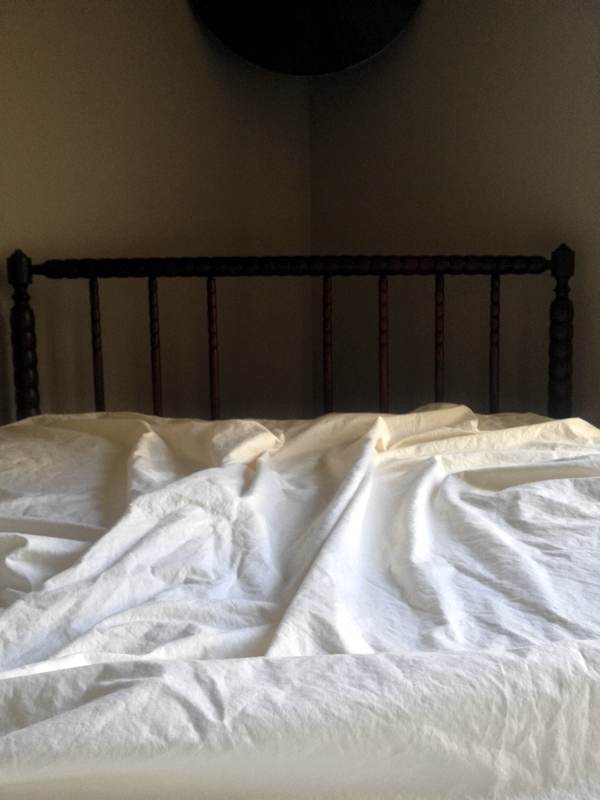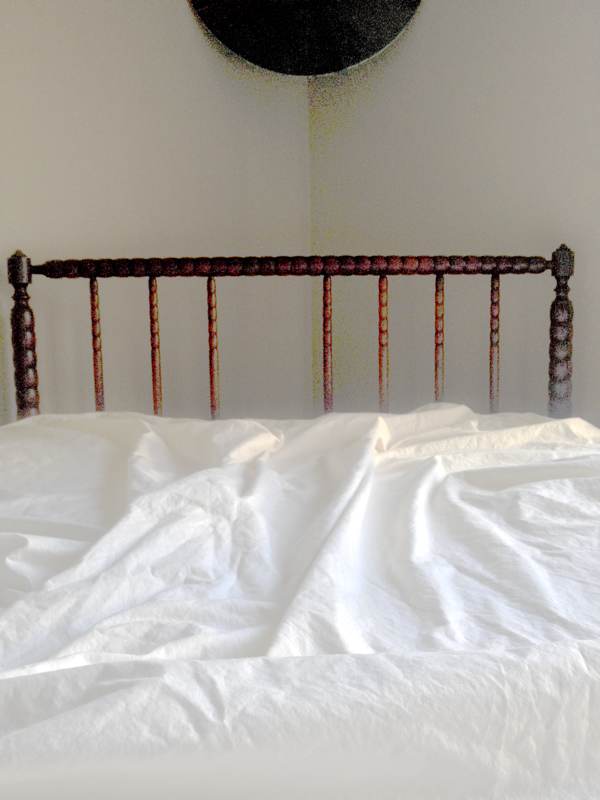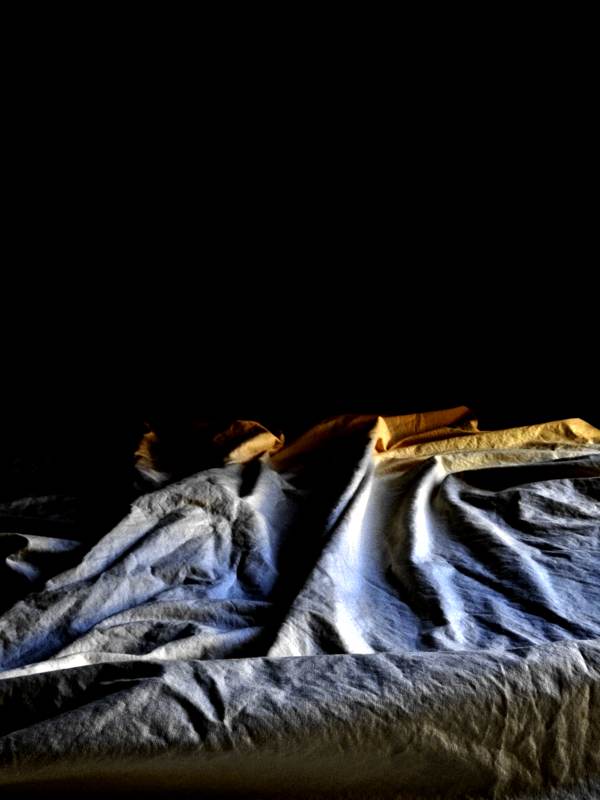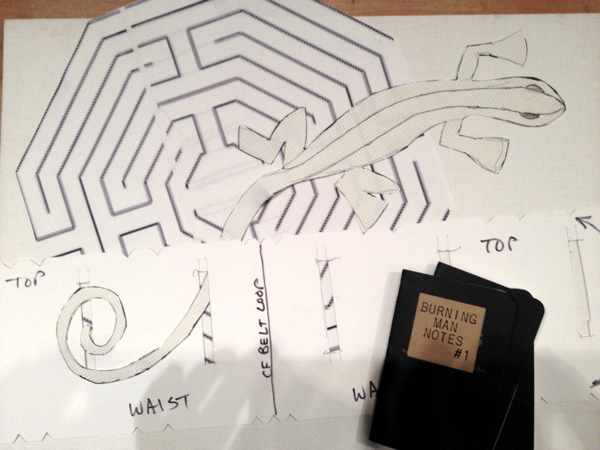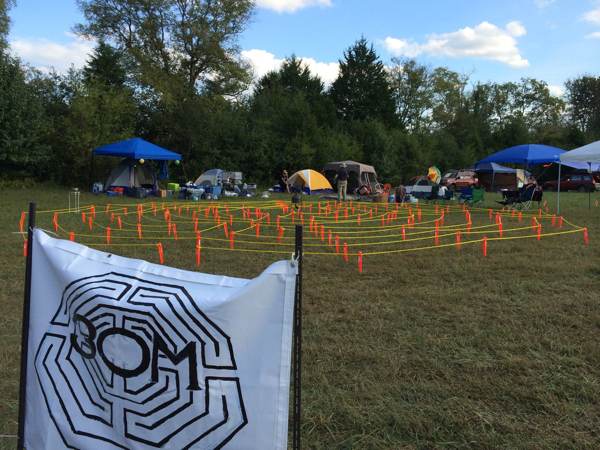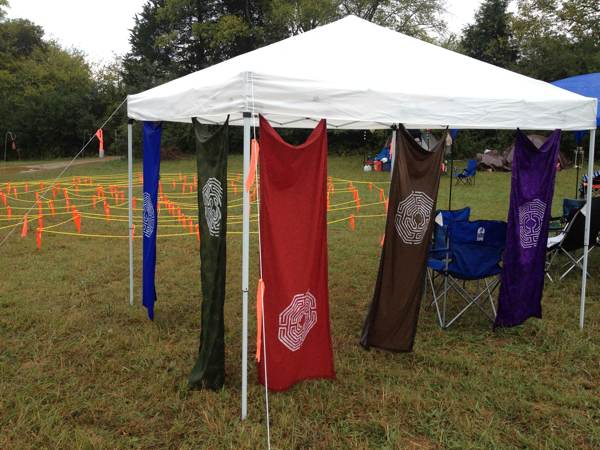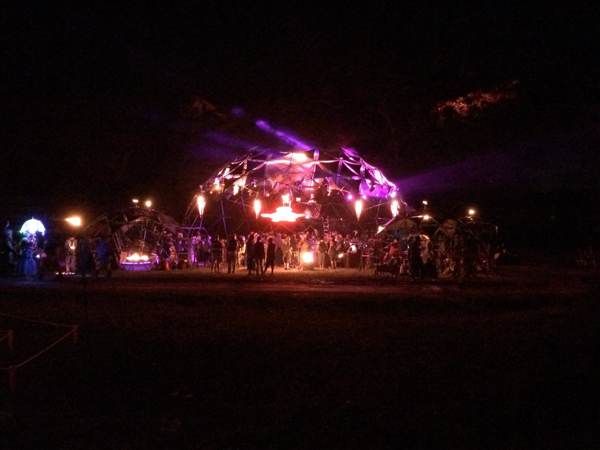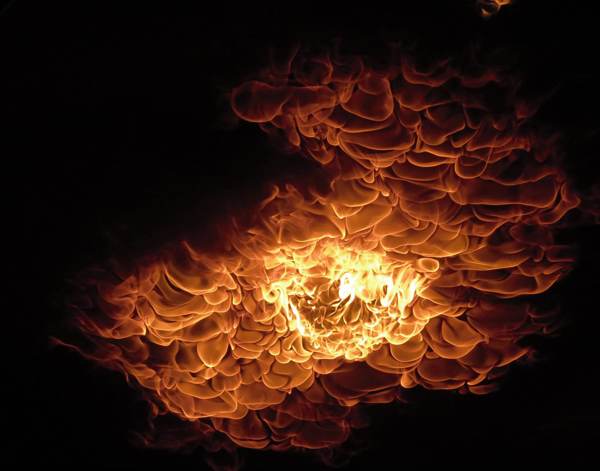: Ritual action :
What kinds of actions are performed as part of the rite, for example, sitting, bowing, dancing, lighting fires (!), touching, avoiding, gazing, walking? In what order to they occur? … What are the central gestures? … What actions are not ascribed meaning? What actions are regarded as especially meaningful and therefore symbolic? What actions are regarded as efficacious rather than symbolic? What meanings, causes, or goals do participants attribute to their actions? … Which actions are repeated? What gestures mark transitions? What are the recurrent postures? What qualities of action persist—quickness, slowness, verticality, hesitance, mobility, linearity, exuberance, restraint? Are parts of the rite framed theatrically? … What parts of the body are emphasized by participants’ kinesthetic style? … How do the social and environmental contexts influence the actions? What actions are done with objects? … What actions are optional, required?
So much questions…
One thing I found fascinating was the way we arrived at Alchemy with having gone through the ritual only once, and yet it was cemented, fully formed—and it was still allowed to grow in a very organic way.
For example, no one determined that after donning body paint each Old Man would wait to enter the labyrinth until the Man before him had reached and left the center, yet that became our standard action.
There was no prescribed method of painting oneself; everyone did as they felt best (especially as it got colder!). Personally, I think we looked best as a group when we covered our entire torsos.
Our solutions to initiating a walk to the next station evolved, and I remember the first time we did that, Joe just naturally walked from the west to the east, not stopping at the north entrance where the paint was. It seemed right, and so that’s what that part of the ritual became. It also worked when Wolf showed up with a fully worked out protocol for those who wanted to be relieved by another Old Man—thank goodness, since I was the first one to succumb, to dehydration I think.
The opening of the ritual I think was nearly perfect. I think our decision to strip and paint ourselves was the right one. Not only did it play off the infamous “drop-trou” atmosphere of Burns, it underlined the ritual transformation of campers into Old Men: we shed our daily garb; exposed our bodies and marked them with the other-worldly white of the body paint; took the journey into the labyrinth, stopping in the center for whatever private moment we each made there and then emerging to our station; donned our skirts and took up our staffs; and there we stood, newly born as officiants.
(And then of course, the reverse process: stripping off the skirt, retracing our steps into the labyrinth, and emerging to reassume our daily personae.)
As for the “qualities” of these actions, it seemed to me that we all invested our time as Old Men with seriousness and grace. For our participants, there was room for laughter, for talking, for serious meditation and blessing, for shenanigans; throughout, the Old Men were protective and alert.
The question I had of making the installation of the labyrinth a ritual—still unresolved. That might be a good excuse to get together next spring out at Craig’s and explore. For one thing, Old Men Who Aren’t Dale should be able to construct the labyrinth without me. More work is required there.
Craig has talked about developing a “walkabout” ritual, really the original concept for 3 Old Men: us in our skirts and staffs walking through the Burn. I think it would be very easy to institute: effect the transformation, then line up and head down the road to the Promenade and up to the Effigy. What would we do once we go there? More work is required.
We also need to develop a more betterer “acolyte” role, one that Christine created on the spot. Perhaps the idea of a carnival barker is not particularly apt, but we need to work on ways to invite the rubes passersby into the experience. More work is required.
Anything else? It’s tough analyzing an ineffable experience.
